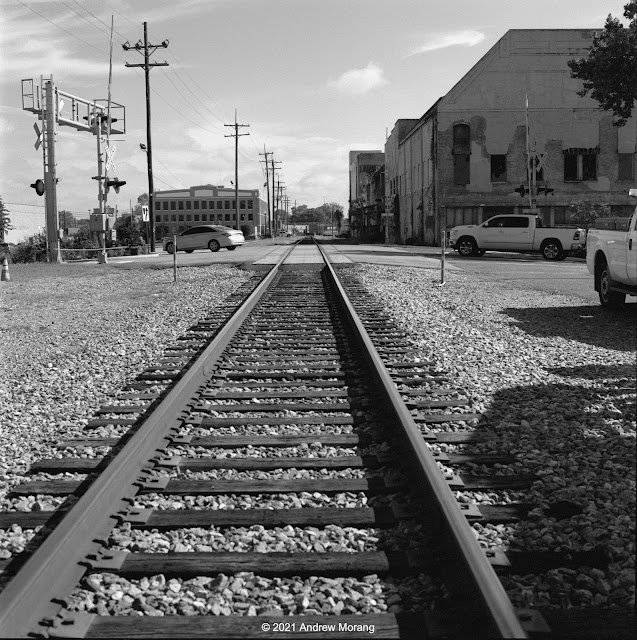Background
Isle de Jean Charles is a small fishing community at the south end of Island Road in Terrebonne Parish, Louisiana. It feels like the end of the world. The town was the home of the Biloxi-Chitimacha-Choctaw Indians for almost 200 years. All the houses now are elevated on piles or stilts, and there is limited dry land. One low and vulnerable road, a spur off of Louisiana 665, leads to the town.
Because Island Road is often flooded, sometimes for days, and safety services can not be guaranteed for the residents, the community needs to move. According to a January 2024 BBC article, "This Louisiana town moved to escape climate-linked disaster," the residents of Isle Jean Charles are in the process of relocating to The New Isle Community, much further inland and safe from flooding. Building a major levee system to protect the town from hurricane surge was too expensive, and relocation was the only alternative.
Sediments of the Mississippi Delta
The title of the BBC article is somewhat deceptive. Rising sea level is making the road to Isle de Jean Charles more vulnerable to storm surges and even normal high tides. And the rising sea exacerbates other issues throughout south Louisiana such as infrastructure, drainage, pollutants, and sea water incursion further into the swamps. But at least four other major factors account for land loss in southern Louisiana:
1. The sediment is sinking. All this marshy deltaic sediment came down the Mississippi River. As the immense sediment mass of the Mississippi Delta dewaters over centuries, it compresses.
2. Oil and gas producers dredged channels through the marshes. These channels allowed seawater to enter the marshes and kill fresh-water marsh vegetation. Without the root structures and emergent plants, storms washed away the limited soil. And the lack of plants means minimal new sediment gets trapped.
3. The path of the Mississippi River has been channelized by levees for 200 years. During floods, sediment no longer spreads out over the adjacent delta. When the US Army Corps of Engineers dredges the navigation channel, they place some of this material onto the nearby marshes. Openings in the levees also allow flood water to spread. But these two placement and diversion mechanisms still do not replicate the pre-engineered river when it flowed unconstrained.
4. Less sediment is brought down to south Louisiana. Compared to the era before the late 1800s, levees line all of the lower Mississippi River and its tributaries. The era of mass tree deforestation is over. Farming practice considers erosion control much more than it did 100 years ago. Dams on the Missouri and Ohio River systems trap sediment in their ponds. The Corps of Engineers reduces bank sloughing and erosion with concrete mats. In effect, we are retaining sediment on the continent.
This is a complicated topic. A vast technical literature examines sediment, hydrology, climatology, and geotechnical issues in Southern Louisiana.
A March 2019 article in The New Yorker, "Louisiana's Disappearing Coast," is a readable and detailed description of the factors that cause land loss.
John McFee's seminal 1987 article in The New Yorker, "The Control of Nature, Atchafalaya," describes the heroic efforts to prevent the Mississippi River from changing its path to debouch into the Gulf of Mexico at the Atchafalaya delta, not the present delta.
Isle de Jean Charles in 2019
 |
| Bayou or boat canal parallel to Island Road, Isle de Jean Charles, April 28, 2019 |
 |
| Pedestrian bridge over boat canal |
My wife and I drove out to Isle de Jean Charles in spring of 2019. We were on a trip to explore the Acadian Parishes of Louisiana and revisit some towns that we had seen before, such as Dulac and Lafayette. We had read about Isle de Jean Charles and wanted to see the town. Driving on Island Road felt like we were on a boat crossing the marshes and lakes. In many stretches, the pavement was only a foot or less above the water.
We stopped at the marina. It was a gorgeous sunny day, and the town gents were drinking beer and having a good old time out on the deck. They said they had seen the plans to move everyone to a new town and were somewhat skeptical. Some of the town residents already had homes further inland. They watched the tide predictions, and if high water or a tropical storm was predicted, they would head north to stay with relatives and wait for the weather to pass. The gents also wondered if the plan was to move the Chawtaws out and then the developers would build condominiums.
 |
| Wood crossovers to provide access to Island Road |
 |
| Boat canal almost filled with vegetation |
 |
| Elevated Isle de Jean Charles house |
This was a nice afternoon. The few people we met were friendly. But we were not in town long enough to get a sense of how many people lived there at that time. It felt quiet. If the BBC article is correct, Isle de Jean Charles may be much quieter soon. I am glad that my wife and I had the chance to visit when it was still possible.
I took these photographs with a Hasselblad 501CM camera on Kodak Panatomic-X film using 50mm and 80mm Zeiss lenses. Some were tripod-mounted. Praus Productions in Rochester, New York, developed the film in Xtol. I scanned the negatives with a Minolta Scan Multi film scanner. Panatomic-X is a mid-century wonder product for this type of subject matter.
























































